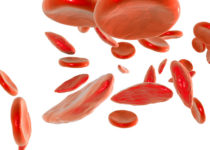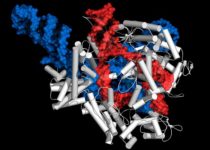In the United States, adolescents 16-18 years old donate approximately 1.5 million units of blood each year. Although donating blood…
 Blood Donation
Blood Donation









Copyright © 2025 John Wiley & Sons, Inc. All Rights Reserved.
Privacy Policy
